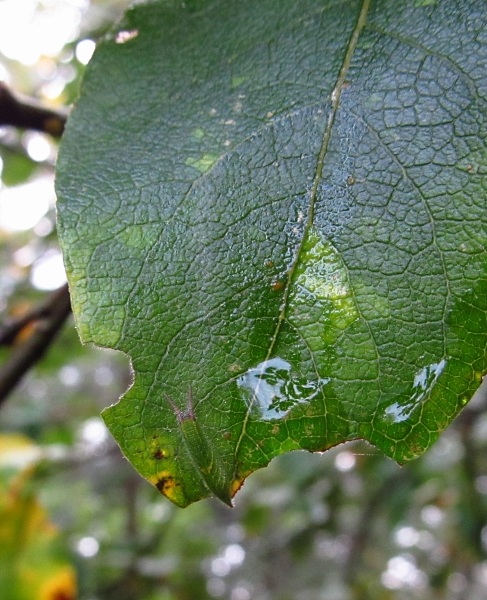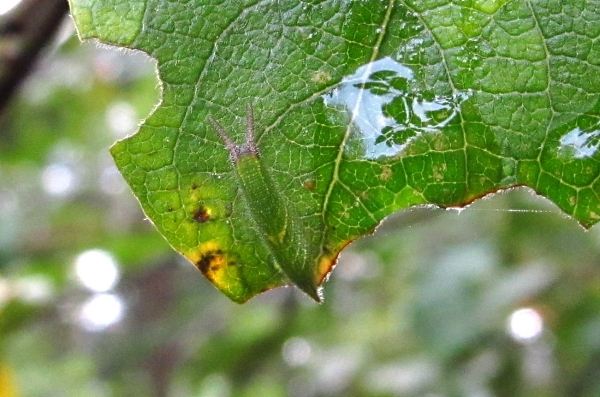I think it's just one, long, straggly generation, David.David M wrote:I must admit I'm surprised to see High Browns are still on the wing. Are they double brooded in central/southern Europe?
Apart from the red admirals cruising around Villars whenever the sun shines I have seen almost no butterflies these last two weeks. The weather turned cold and wet, with snow down to just above Villars, and last weekend I was stuck in bed nursing a streaming cold. That, and a big workload this term meant I couldn't get out at all. HOWEVER, the sun shone today and I took advantage of it with a trip to the Valley.
There is still plenty to see here in Switzerland but the species count is more and more modest every time I go out. Today I made it 22 species: small white, southern small white, green-veined white, Bath white, clouded yellow, Berger's pale clouded yellow, brimstone, small copper, common blue, Chapman's blue, chalkhill blue, Adonis blue, Provençal short-tailed blue, northern brown argus, comma, wall, large wall, speckled wood, grayling, tree grayling, Erebia sp. (see below) and a silver-spotted skipper. There were no swallowtails, no fritillaries (not even a Queen of Spain today!), no Vanessids and no skippers apart from the silver-spotted.
I don't take a net on these autumn jaunts because I don't expect to see anything that would require one.That proved to be a mistake today when a single Erebia butterfly flew through the meadow, pausing very briefly to nectar on dandelions but not long enough for me to get close. I got a couple of record shots from some distance:


At the time, I thought it had to be montana, even though it was by no means typical for this species. It was only looking at the photos afterwards that I suddenly wondered about nominate pronoe. The normal form of pronoe in the Swiss mountains is vergy - very dark and rather large, with virtually no orange. The nominate form is very different from this - and I've never seen it. Could this butterfly be it? There do seem to be some violet reflections on the underside... On the other hand, the well-defined dark discal band is not really there.
The more I think, the more I think it has to be montana. If so, what an incredibly variable butterfly this is!
Here are a few more pictures from the day:

Adonis blue

(Small copper)

Tree graylings

Southern small white

Chalkhill blue

Male silver-spotted skipper

Wall

Common blue

Northern brown argus
I'm very pleased with the Panorama mode for the camera in iO6. You just swing the phone around through as many degrees as you want and it automatically generates a panoramic picture, without stitch lines or exposure problems. This is a short swing on one of the paths I walked today:

That's compressed but not cropped. I've tried all the way up to 360° panoramas and they come out just as good - though obviously much longer and thinner in proportion.
2012 was a rather lean butterfly year for me, though there were some high points, as there always are (nettle tree butterflies in March, Hermits in July and August). Apart from trips to the UK to see my parents I didn't go further afield than North Italy. Last week, however, I agreed to accompany our headmaster and some sixth formers on a trip to India at the end of this month. We will spend three days in Mumbai before moving on south to the educational projects we sponsor in Tamil Nadu for a further week. So, weather permitting, it looks as though I might be able to add some exotica to the year's list! I began making a small page on Indian butterflies a couple of years ago (http://www.guypadfield.com/speciesindia.html) - I need to finish those species pages and track down some new species to include too!
Guy











































